The official discord link if you wish to join the discord: https://discord.gg/j5RKwCvAFu
Support the wiki on our official Ko-Fi page or Patreon page!
User:Sharaku Jr./Saint Seiya: The Cosmology & Those Who Scale
Hey all, Sharaku here! Yes, I'm back again with another Saint Seiya blog. I told you all I liked the series.
This blog will cover the expanse of the Saint Seiya multiverse. Yes, it actually has one of those. Believe it or not, it actually gets pretty high. Higher than most Shonen manga, I can tell you that. So... yeah! Let's just go ahead and jump straight into it.
What's Canon
So, to begin, we first need to establish what in Saint Seiya is canonical. And the answer to that is honestly quite simple. Everything is. The Saint Seiya series has an established Multiverse within it. Obviously, the size of it is something that will be talked about below, but Saint Seiya is known for having its own Multiverse. Hell, the entire plot of Saint Seiya: Episode G - Assassin is the Saints fighting against enemies called Gladiators from other timelines (and eventually Zeus but that's for later).
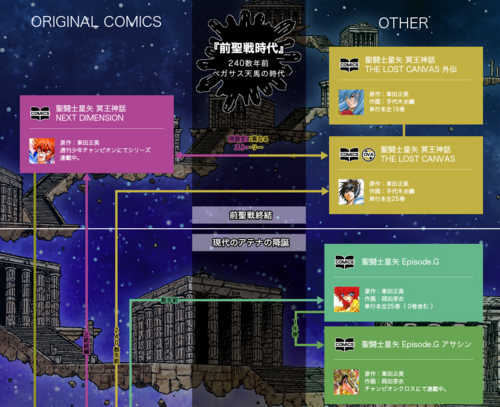
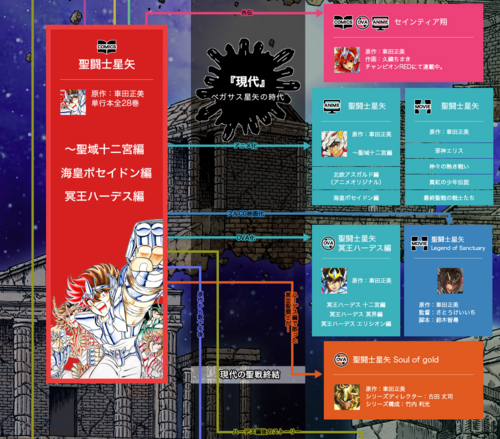
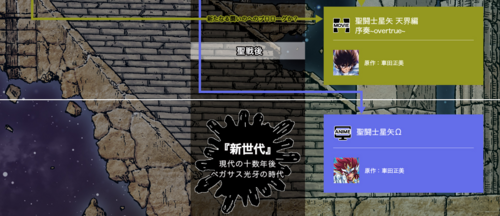
Thanks to this official timeline chart, we can see that many of the works usually deemed as "non-canon" are really just alternate timelines. This would mean stuff like Saint Seiya: Omega or Saint Seiya: Heaven Chapter ~ Overture are technically canon, just are alternate timelines to the main Saint Seiya timeline, which is the manga.
In addition to this, there are multiple statements from various mangaka on the canonicity of their series, including some from Masami Kurumada himself, the creator of the series, that prove this fact.

"星矢のマルチバースは沢山あっていいのではないかと個人的には思っています。作られたユニバースにはそれぞれに支配する者がいるのでしょう。"
Translation: "I personally think that Saint Seiya Multiverse can be large, with each universe having it's own rule..."
~Megumu Okada, mangaka of Saint Seiya: Episode G, Episode G - Assassin, and Episode G - Requiem.
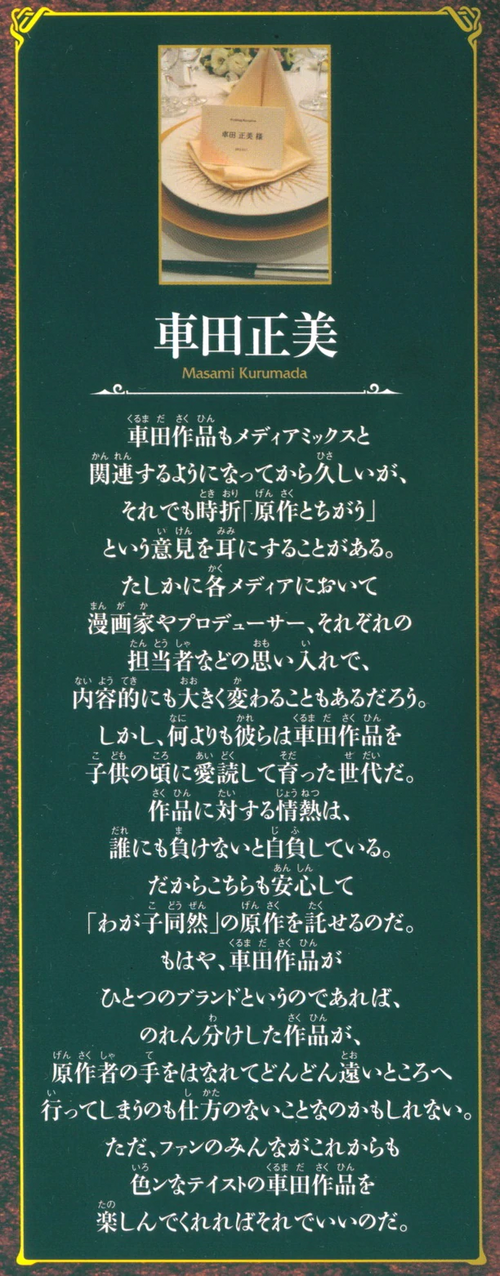
"車田作品もメディアミックスと関連するよらになってから久しいが、それでも時折『原作とちがら』といら意見を耳にすることがある。たしかに各メディアにおいて漫画家やプロデューサー、それぞれの担当者などの思い入れで、内容的にも大きく変わることもあるだろら。しかし、何よりも彼らは車田作品を子供の頃に愛読して育った世代だ。作品に対する情熱は、誰にも負けないと自負している。だからこちらも安心して『わが子同然』の原作を託せるのだ。もはや、車田作品がひとつのブランドといらのであれば、のれん分けした作品が、原作者の手をはなれてどんどん遠いところへ行ってしまらのも仕方のないことなのかもしれない."
Translation: "For a long time Kurumada's works have been adapted through various communication medias and different Spin-Offs. However, sometimes I hear opinions like "This isn't like the original work". It's certain that each derivative media is influenced by the artists or producers that find themselves in charge, and is possible that their content differs greatly from the original manga. Regardless, they are nothing more than a generation of children who grew appreciating Kurumada's works, and I know that the passion that passion that drives them into creating these derivatives is incomparable. And this is why with peace of mind, I can entrust these manga to them, as if they were my children. If Kurumada's Manga was a brand, then you could say that the other works are its derivatives and successors, and it is perhaps inevitable that they depart farther and farther away from the hand of the original creator."
What this effectively means is that Kurumada, the original creator of the series, acknowledges the exsistences of different works and different events within the same franchise. They aren't always created by him; but also by the various other mangaka that work on the Saint Seiya franchise, which Kurumada himself trusts. In addition, Kurumada has always supervised the makings of the various spinoff manga by providing the original plan and pointers when necessary.
With this in mind, we can safely confirm that every one of the Saint Seiya spinoffs that aren't canon in the main timeline are still present in the wide Saint Seiya Multiverse.
(Most of the translations come from the Saint Seiya wiki, and all credit goes to them.)
Just as a side, the main manga timeline flows like so:
- Saint Seiya: Next Dimension (The Bronze Saints of the Classic series travel back to 1743 in order to destroy Hades's Sword.)
- Saint Seiya: Episode Zero & Saint Seiya: Origin (Two prequel manga miniseries that recount events before the start of the classic Saint Seiya series.)
- Saint Seiya: Episode G (Prequel to the main series following a young Leo Aiolia.)
- Saint Seiya: Episode G - Assassin (The start of the series takes place months after Episode G, but then transitions into the future, where the Bronze Saints are older and have new foes to face.)
- Saint Seiya - Sanctuary Arc (Original Manga, done by Masami Kurumada. The start of the original series.)
- Saint Seiya: Saintia Sho (Spinoff series running parallel to the Sanctuary Arc.)
- Saint Seiya - Poseidon Arc (Original Manga. One year after the Sanctuary Arc concluded.)
- Saint Seiya: Destiny (Oneshot showing a story that ran parallel to the Poseidon Arc.)
- Saint Seiya: Golden Age (Small novel supervised by Kurumada. Shows the events between the Poseidon and Hades Arcs.)
- Saint Seiya: Gigantomachia (Novel supervised by Kurumada. Takes place in between the Poseidon and Hades Arcs)
- Saint Seiya - Hades Arc (Original Manga. Months after the Poseidon Arc.)
- Saint Seiya: Next Dimension (Canonical sequel done by the same mangaka as the original. Takes place days after the Hades Arc. The Bronze Saints and Athena travel back in time in order to destroy the Sword of Hades.)
- Saint Seiya: Episode G - Assassin (Several years after the events of the Classic series. Characters from the past, primarily Capricorn Shura, time-travel from the past, post Episode G.)
- Saint Seiya: Episode G - Requiem (Sequel to the future events in Episode G - Assassin.)
So while things such as Heaven Chapter ~ Overture and Saint Seiya: Omega technically are not canon to the main timeline, they do exist within the wide Multiverse. This means that statements about the cosmology within those series are indeed canon, as they exist simultaneously with the other timelines.
The Cosmology Itself
So, now that we've established that, we can get into how large the actual size of this Multiverse is. And the answer to that is honestly quite simple. But first, I do want to go over a few things.
The Multiverse's Size
In Saint Seiya: Episode G - Assassin, the Capricorn Gold Saint, Shura has a conversation with Dragon Shiryu.
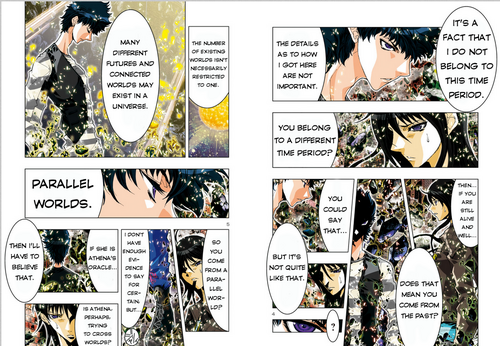
This effectively confirms the existence of a wide Multiverse, if it wasn't clear already that there was one. Later on in the manga, another important conversation arises.
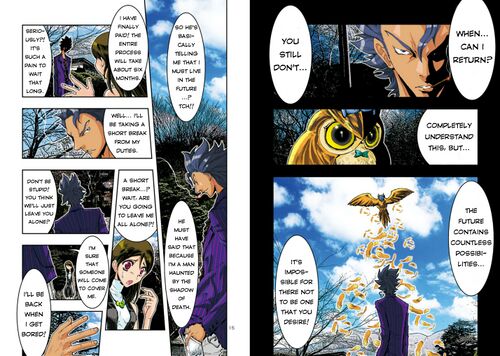
Note the line: "Countless possibilities. We can take this at face value since we are aware that Saint Seiya has a multiverse thanks to the earlier conversation. This would mean Saint Seiya has a 2-B (Multiverse level) sized Multiverse at a minimum thanks to having countless timelines existing within it.
However, this isn't all. In fact, there's a conversation stemming from Saint Seiya: Omega that helps the Multiverse grow significantly larger. In the House of Gemini, during the fight between Gemini Paradox and Dragon Ryuho, Paradox takes both of them to what is referred to as the Otherspace, outside the crossroads of time.

According to her, this Otherspace is infinite points where fate will divide through the infinite choices that humans create. Every action that humans make will create an infinite amount of timelines.
Initially, this may be argued against, since Gemini Saints are normally known for their illusions. However, immediately after this exchange, Gemini Paradox shows Ryuho two different timelines (one where the Saints defeat Mars and one where the Saints surrender to Mars). Ryuho begins to deny the existence of these two timelines, claiming that they are illusions created by Paradox. However, she denies this, reaffirming the fact that they are indeed real, and states that one of her abilities is to see through the infinite timelines.
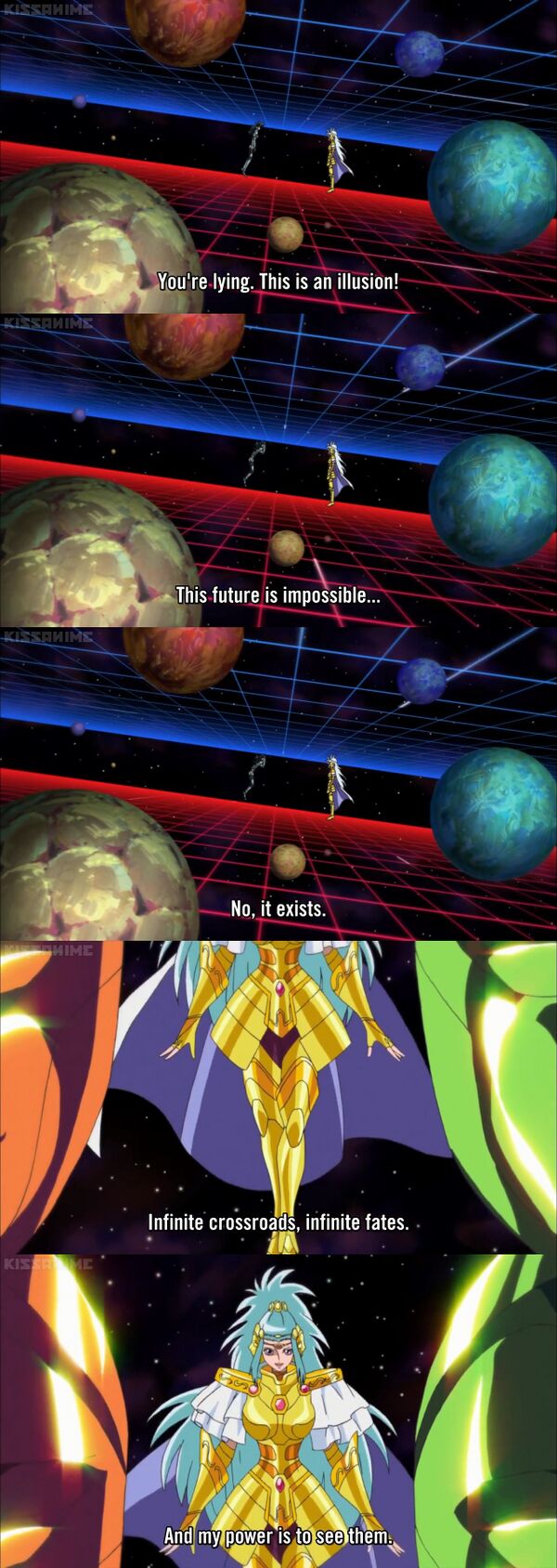
With this in mind, the Saint Seiya cosmology has a High 2-B (High Multiverse level/Multiverse level+) Multiverse due to having an infinite number of timelines within it.
Chronos and Space-Time
Finally, there's Chronos, the God of Time, and seemingly the most powerful being in the verse as of now (that is, until Kurumada decides to go through with his plan of having Seiya fight Chronos at the end of the Heaven Chapter saga that never happened).
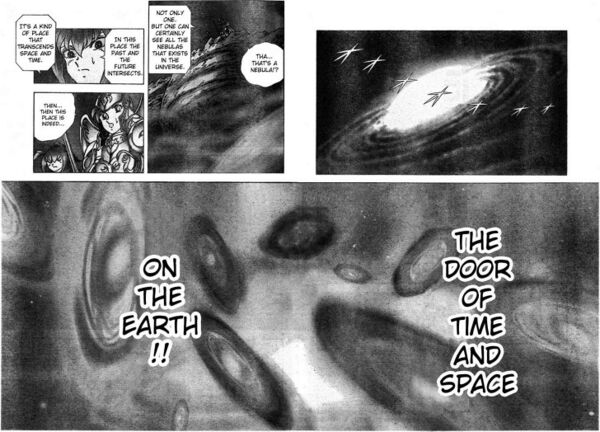
See this whole space? That's Chronos. That whole thing. And one particular line said by Hecate stands out.
Hecate: In this place, the past and future intersects. It's a kind of place that transcends space and time.
If this is the place where both the past and future intersects, and Chronos transcends it, he would be on a higher plane from space and time, above the infinite multiverse. This would mean Chronos himself is 2-A (High Multiverse level+). Just straight up. Unfortunately however, nobody outside of the God of Time himself scales to this as of now. If any future events change this, and Chronos's 2-A rating eventually scales to others in the verse like maybe Seiya or something, this blog will certainly update to show that fact.
Feats that Scale
Okay, so now that we have all that established, who actually scales to these feats in the first place? Chronos is quite obvious, but what about the rest of the characters? Well, let's start out simple.
Note: Many of the verse's individual universal feats will go on their own separate pages, as ultimately they aren't as important as many of the larger scale feats. Events such as Seiya breaking the Mainstay Pillar or Hades supporting three different universes with his will alone will go on their respective character's pages.
Shaka VS Shijima
During the events of Saint Seiya: Next Dimension, two Gold Saints, Virgo Shaka and Virgo Shijima fought against each other. The events of their fight ended up causing quite a hefty amount of destruction, which I'll showcase now.



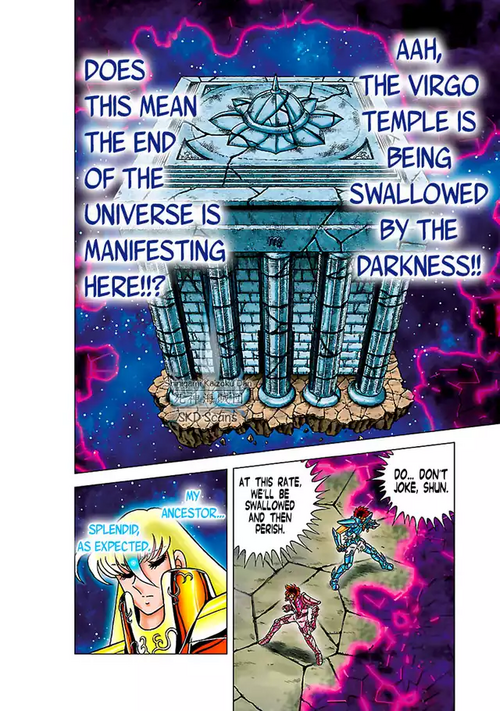
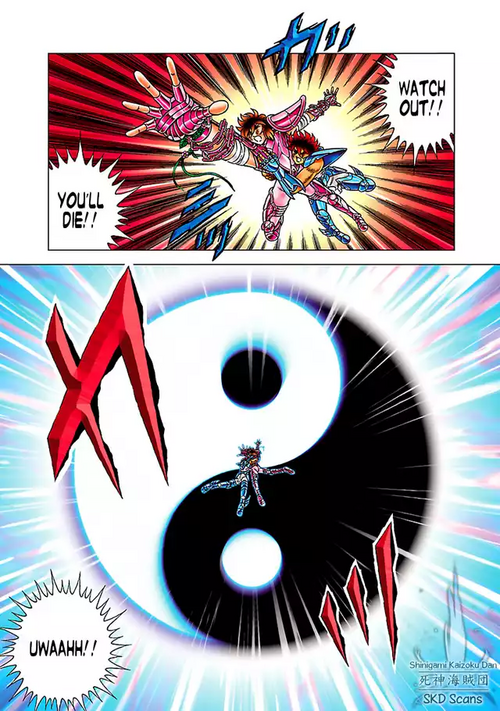
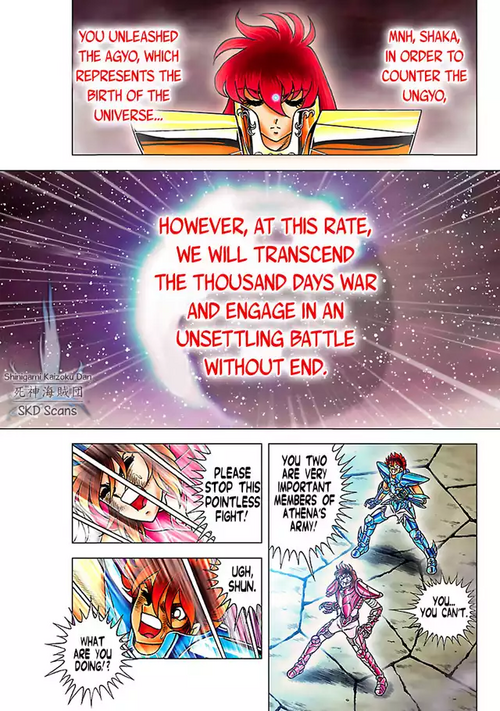
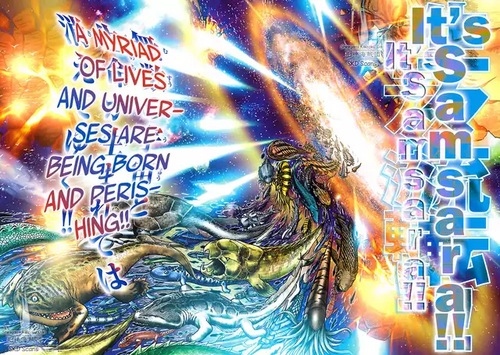
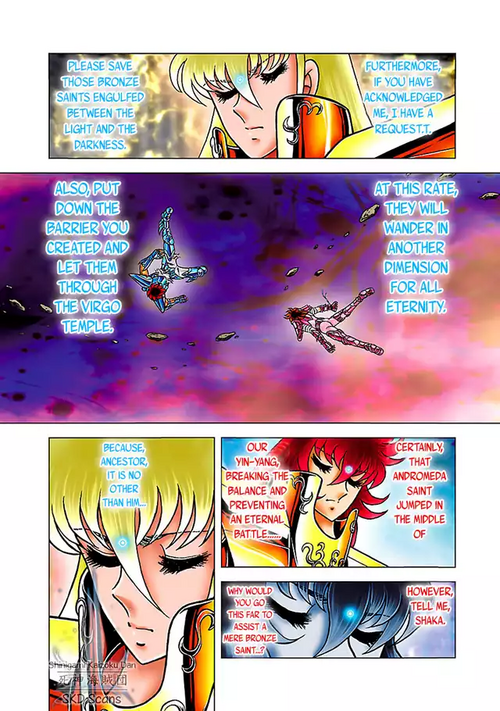
In honesty, this is quite simple. The second-to-last page provides a very useful statement.
"A myriad of lives and universes being born and perishing!!"
This statement about multiple universes being created and destroyed is also consistent with other translations, so it isn't a translation error either.
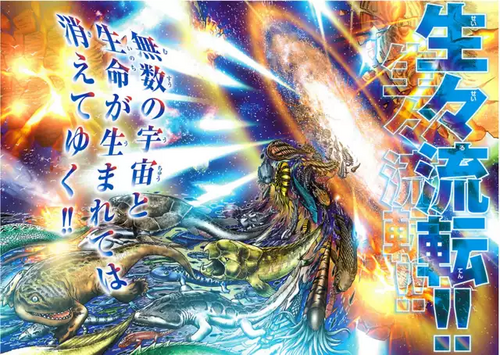

So, this essentially says that Shaka and Shijima's clash across this space ended up creating and destroying an innumerable amount of universes, or a 2-B (Multiverse level) feat. This feat should scale respectively to each individual Gold Saint at the absolute peak of their power (ex. Gemini Saga), and Gold Cloth wearers (ex. Seiya with the Sagittarius Gold Cloth). The reasoning for this is due to the fact that the Gold Saints are consistently stated to be comparable to each other, as even a one on one between two average Gold Saints can go on for one thousand days. Plus, Shaka has been consistently compared to other Gold Saints in the past, as well as directly fighting some in the Hades Arc. Please note that this is at the Peak of the Gold Saint's power, as they normally perform Complex Universal level feats.
Cronus Threatens All Timelines
During the final battle of Saint Seiya: Episode G, Cronus (who is a different character entirely from Chronos) while fighting against Leo Aiolia, threatens to destroy ever single timeline. This would have taken Cronus only moments to do, and Aiolia had to act quick in order to stop him.
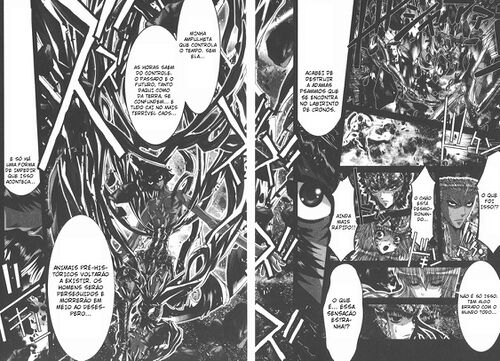
"I have just destroyed the Adamas Psammos which was inside the Labyrinth of Cronus. My hourglass which controls time, without it... The passing of the hours loses all control. The past and future, both here and on Earth, are twisted... And all fall into the most terrible chaos."

"The flames of my arms are an indicator: With each flame that is extinguished, a further shift in time occurs. If you do not destroy me before they are all gone... Then everything both here and on Earth will collapse and end in ruin. And that not even Zeus will be able to avoid.”
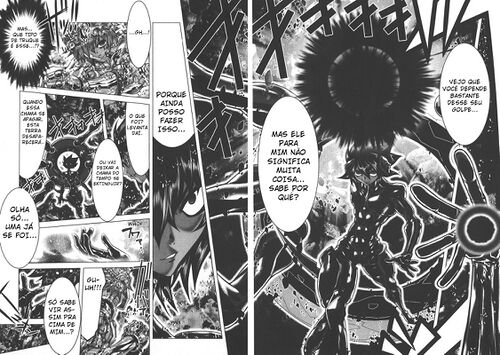
"What happened? Get up already. Or are you going to let the flames of time be extinguished? When this flame fades, this earth will disappear. Oh, look... One's already gone."
Full Credit to Matthew Schroeder for the translation work from Portuguese
So what does this mean? Well, essentially, Cronus had the power to destroy every timeline, which as established previously, the Saint Seiya Multiverse has an infinite amount of timelines. This is a High 2-B (High Multiverse level/Multiverse level+) feat. Obviously, this would scale to Cronus as he was the one about to do it, but it also scales to other people in the verse as well.
Primarily, it scales to the Great God Zeus, as he was the one who personally defeated Cronus during the Age of Myths to begin with. This in turn, scales to Athena. In the light novel, Saint Seiya: Gigantomachia, which was supervised by Kurumada and doesn't contradict anything, we are given two statements that are very important.

These few lines confirm that Athena is on the same level as her father, or at least comparable, as Earth must be defended by a god of equal strength to Zeus. But this isn't all.

Here, Athena is confirmed to be the one who destroyed Typhon's body. Similar to actual Greek mythology, Typhon was one of the only beings who posed a direct and legitimate challenge for Zeus. Athena being able to destroy his body means that she should scale to Zeus's strength. These two statements in conjunction would also scale to Hades, as he and Athena have clashed against each other several times, most notably in the Hades Arc. In the Heaven Chapter ~ Overture continuity, this would also scale to Apollo, as his powers were stated to be astronomically higher than Athena's own. And finally, this would scale to Pegasus Seiya, as he was able to directly damage Hades greatly during the Hades Arc's final chapters, and he directly fought against Zeus in the final battle of Saint Seiya: Episode G - Assassin. While Seiya did not kill Zeus, he was able to legitimately stalemate him, meaning that he should scale to his level of strength.
Summary
Saint Seiya has a High 2-B cosmology normally, with only one character, Chronos, scaling above it at 2-A thanks to existing above time and space. The characters that scale to the High 2-B Multiverse are:
- Cronus (Due to performing the feat that threatened the infinite Multiverse)
- Zeus (Due to fighting against and defeating Cronus)
- Typhon (Due to fighting against Zeus)
- Athena (Due to destroying Typhon's physical body as well as being stated as comparable to Zeus)
- Hades (Due to fighting Athena on multiple occasions)
- Apollo (Due to being astronomically stronger than Athena)
- And Pegasus Seiya at his full strength. (Due to fighting and greatly damaging Hades and directly fighting against Zeus during Episode G - Assassin.)
Useful Links
Note
This blog may be updated further if more feats come out for the series.
